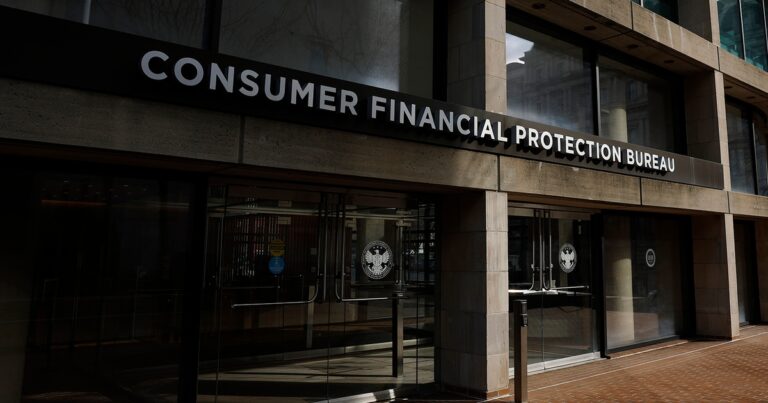On May 30, the Consumer Financial Protection Bureau petitioned the U.S. District Court in Kentucky to vacate its rulemaking under Section 1033, which requires that banks support consumers wishing to permit their data to third-party apps. Often referred to as open banking or open finance, this rule means consumers control their financial data and can decide what to do with it.
Take Venmo or QuickBooks. Consumers give these third-party apps permission to link to their bank so they can seamlessly share data in real-time. No paper, no trial deposits, no back and forths over multiple days. This is made possible because fintech companies like Plaid (full disclosure, I was an early Plaid executive) built an infrastructure layer that connects banks and third-party apps, along with a permissioning layer that allows consumers to authorize (and de-authorize) sharing of their data. Open finance has resulted in improved user experience, greater consumer choice and heightened financial inclusion.
The Open Banking Rule, which implements Section 1033, was finalized in 2024 after nearly a decade of industry participation. The rule cemented a transformation that was already well underway: the evolution of financial services into an open ecosystem where consumers can grant permission to access and share their financial data. Data platforms and banks had begun collaborating on interoperable technical standards, and many entered into bilateral data access agreements that fostered alignment on expectations around security and risk management. This infrastructure now powers a diverse ecosystem—from payments apps like Cash App to cash-flow underwriting for mortgages at companies like Rocket to fraud-fighting tools like Alloy.
Consumers now expect these choices—research shows 91% of consumers have connected their accounts to third-parties. Established players will continue on, even in the absence of a formal rulemaking. Many big banks and data networks already have bilateral contracts in place to govern access, so most consumers won’t see a change when they connect their bank accounts to the TurboTaxes or Paypals of the world.
Where we may see a change is in places where open finance is less developed—such as wealth management and retirement. These sectors now look like what banking was 10 years ago: ripe for disruption and dominated by incumbents. We already see open finance at work in consumer wealth management apps like Betterment and Wealthfront, and advisors’ portfolio management tools like Envestnet and Broadridge.
Vacating 1033 threatens innovation in wealth management. It disincentivizes new entrants from building better tools, and encourages incumbents to disproportionately shift liability onto innovators, creating friction for anyone trying to build better services. As a result, innovation slows, consumer choice shrinks and entrenched players gain even more control.
Retirement is one salient example: People with retirement accounts hold nearly half of their savings in their 401(k)s, and surveys show people want advisors to help them with these assets. Open finance enables people to choose which advisors they want to work with, regardless of which institution holds their retirement account. Without open finance, incumbents can take a walled garden approach to their business, invoking security concerns to deny users access to their data.
Security, while an important consideration, should not be used as a Trojan horse for anti-competitive practices. Willing parties can address these concerns, as proven by the multiple data access agreements executed in the consumer banking space. Over the past decade, the banking industry established a playbook for balancing the need for consumer access with security, knowing that if they didn’t figure it out, the CFPB would penalize them.
The CFPB’s move to vacate 1033 removes itself as a cudgel, leaving incumbents to exercise leverage over their customers in emerging data spaces like wealth management. Arguably, open banking would not exist today without the CFPB stepping in to equalize power dynamics within negotiations so that market dynamics could play out.
Ideally, the CFPB would recognize the important role that 1033 played in promoting free and competitive markets. Not just because it codified industry practices, but because it balanced the power dynamics between incumbents and innovators.
States, long focused on consumer protection, now must carry the mantle of protecting consumer choice. To do this, they must also recognize the unfair power dynamics between incumbents and innovators, sometimes exacerbated by outdated regulations that don’t fit today’s digital realities. States can and should play an important role in balancing consumer access with security. And those of us in the financial industry, innovators and incumbents alike, must continue to collaborate around security and competition to create the best products for consumers, not on moats created by cutting off consumer access to data.





